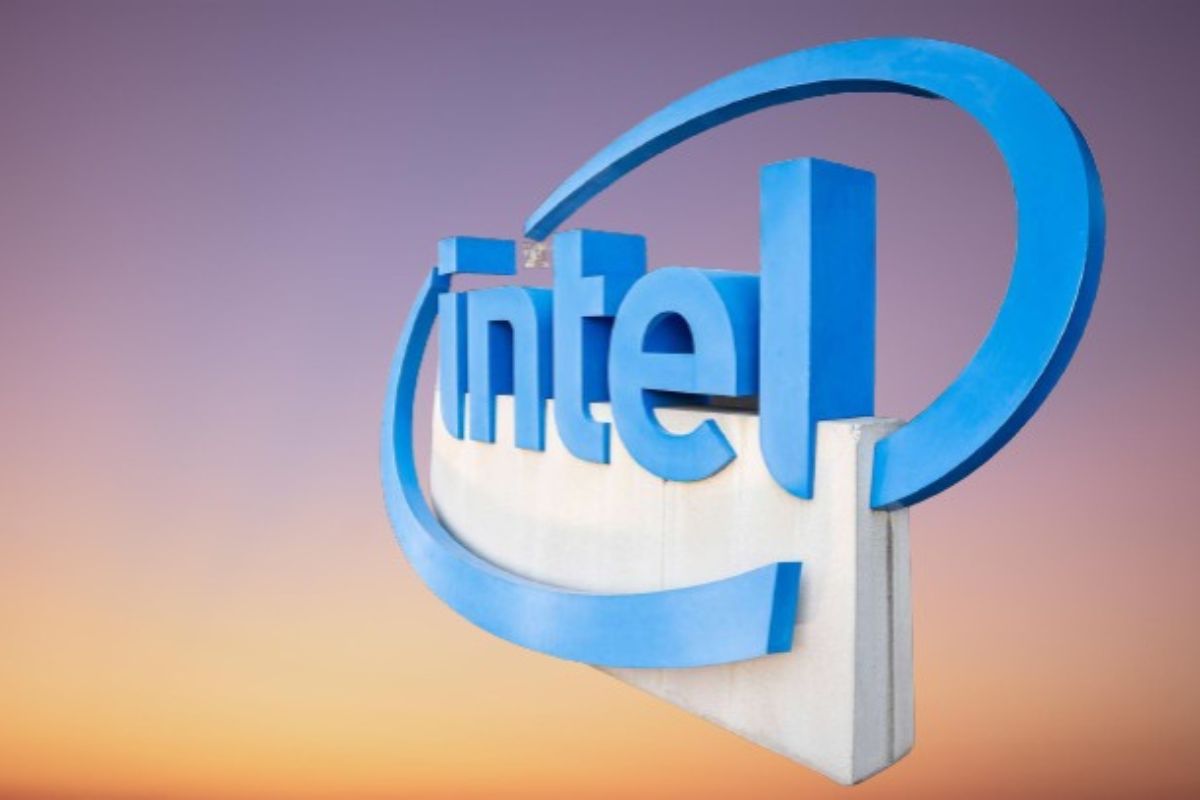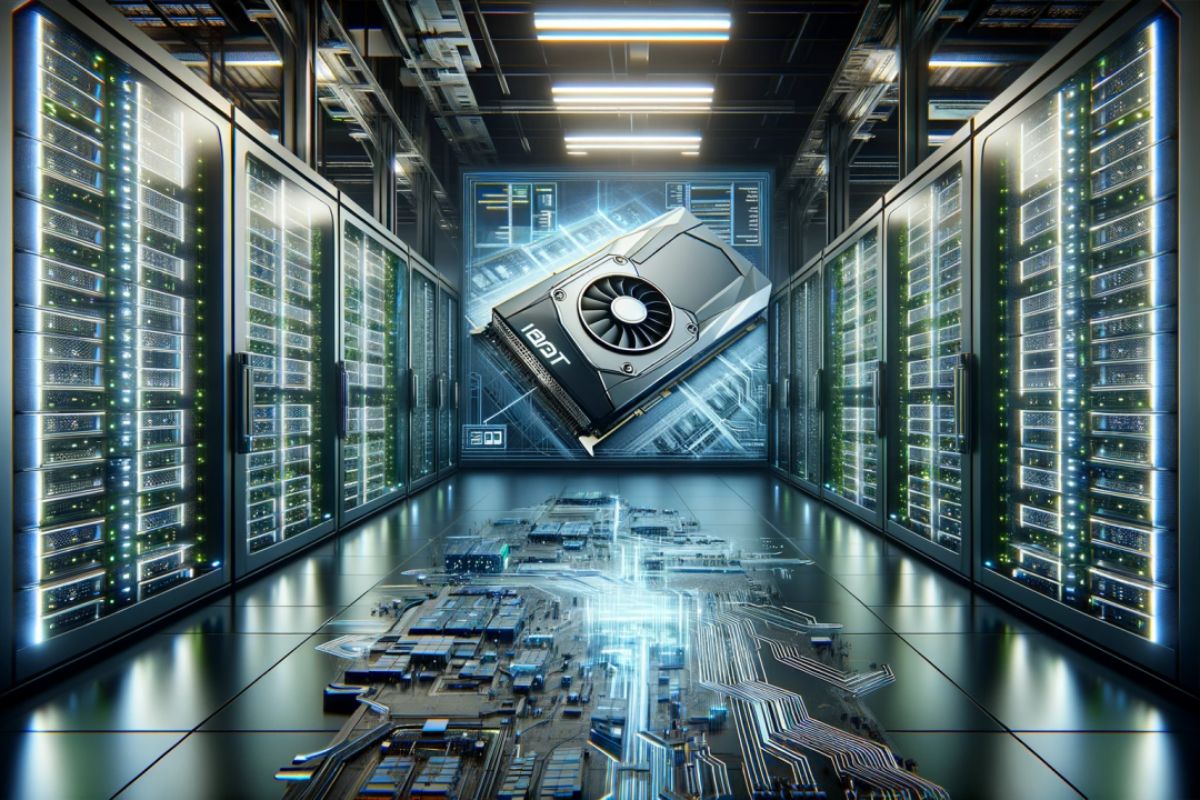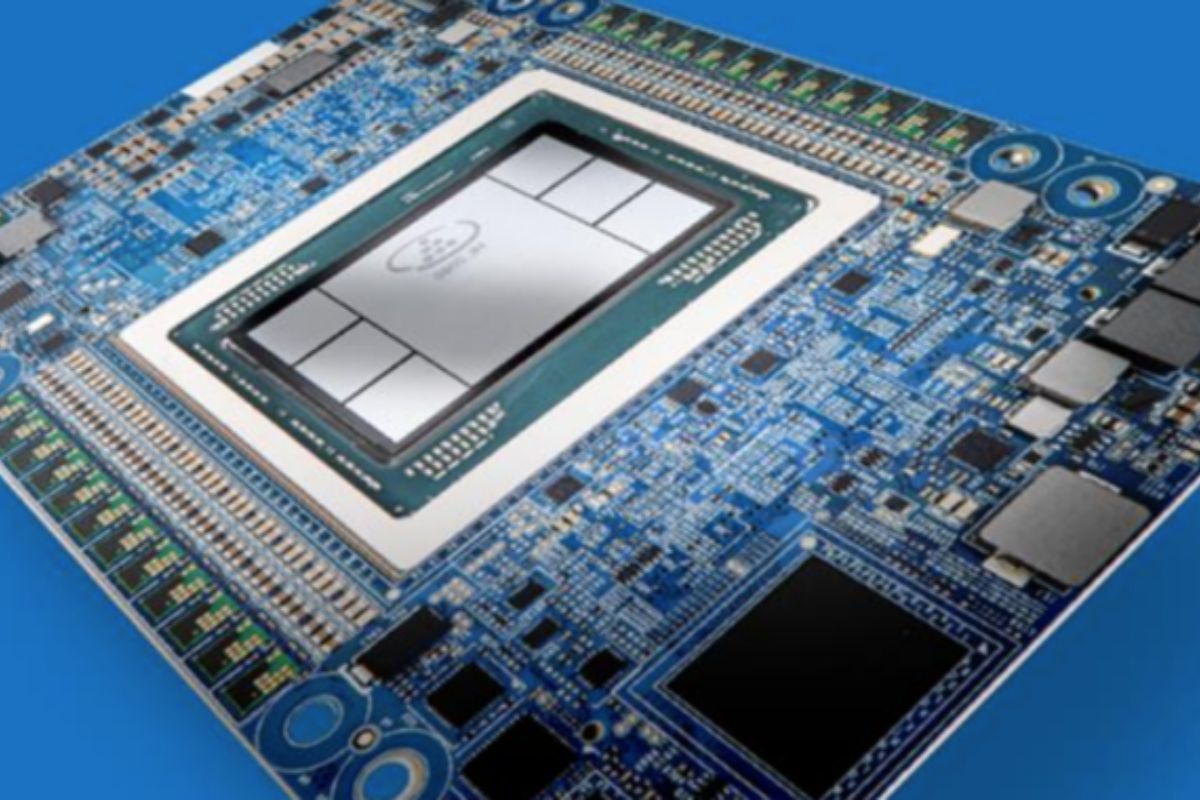Intel’s AI Struggles: In the competitive world of technology, even giants like Intel are not immune to market downturns and the need to navigate the ever-evolving landscape.
Recently, Intel has faced significant challenges and setbacks in the realm of artificial intelligence (AI), leading to a troubling decline in their market position.
As we delve into the depths of Intel’s AI struggles, we uncover a series of factors that have contributed to their market tumble.
From the impact of sluggish PC sales to the rise of formidable competitors, Intel finds itself at a crossroads, searching for a way to regain its footing and reclaim its position as a leader in the AI sector.
Key Takeaways
- Intel’s stock plunged over 12% and suffered a loss of approximately $24.9 billion due to a pessimistic revenue forecast for the first quarter.
- The company lacks a significant AI growth vector compared to other semiconductor manufacturers, which is affecting its competitiveness in the AI sector.
- The decline in Intel’s stock value has had a significant impact on the semiconductor market, as reflected in the drop of the Philadelphia SE Semiconductor Index.
- Intel faces stiff competition from Nvidia and AMD in the AI market, and its lack of notable progress in AI indicates a potential transitional year for the company.
Intel’s Stock Plunge and Revenue Forecast: A $24.9 Billion Blow
Intel’s stock experienced a significant decline of over 12% and a staggering loss of approximately $24.9 billion following the announcement of a pessimistic revenue forecast for the first quarter. This unexpected blow sent shockwaves through the market and raised concerns about the company’s immediate financial outlook.
Also Read: Intel Takes on Nvidia and Qualcomm With Ai-Powered Car Chips
The semiconductor giant, known for its innovation and dominance in the industry, faced a daunting challenge as investors reacted to the disappointing forecast. The decline in stock value reflected a loss of confidence in Intel’s ability to meet revenue expectations, signaling potential struggles ahead. The magnitude of this decline highlights the significant impact a downward revenue forecast can have on a company’s stock performance.
Intel now faces the daunting task of regaining investor trust and demonstrating its ability to navigate the challenges ahead in a highly competitive market.
AI Challenges and the Sluggish PC Market: Intel’s Unique Predicament
In the face of challenges in the artificial intelligence (AI) sector and a sluggish PC market, Intel finds itself in a unique predicament. Unlike other semiconductor manufacturers who are experiencing substantial growth driven by AI, Intel appears to lack a significant AI growth vector. This is concerning to analysts, as generative AI requires chips with substantial data processing capabilities.
Intel’s struggles in the AI sector are further compounded by the sluggish PC market. As consumers increasingly shift towards mobile devices, the demand for PC processors has declined. This puts Intel in a challenging position as it tries to navigate both the AI and PC markets.
The company will need to find innovative solutions and adapt its strategy to stay competitive in this rapidly evolving landscape.
Impact on the Semiconductor Market: Philadelphia SE Semiconductor Index Decline
The struggles faced by Intel in the AI sector and the sluggish PC market have had a significant impact on the semiconductor market. Intel’s less optimistic outlook caused the index to drop by 2.7%, marking its worst day in over three weeks. This decline raises concerns about the overall health and trajectory of the semiconductor industry.
The broader implications of Intel’s challenges reverberate throughout the market, signaling potential uncertainty and vulnerability. Investors and industry analysts are closely monitoring the situation, as Intel’s performance often serves as a bellwether for the semiconductor sector.
The decline in the Philadelphia SE Semiconductor Index highlights the interdependence and interconnectedness of companies within the industry. It makes it crucial to understand the impact of individual players on the market as a whole.
Competition and Market Dynamics: Trailing Behind in the AI Sector
With rivals such as Nvidia and Advanced Micro Devices (AMD) dominating the AI sector, Intel finds itself trailing behind in the race for market dominance. While Intel is a major supplier of PC chips, it faces stiff competition from these formidable competitors in the AI sector.
Specialized chips are gaining prominence in this domain, and Intel’s lack of notable progress in AI indicates a potential transitional year for the company. Analysts are closely assessing Intel’s position against its rivals, as the company struggles to catch up and establish its presence in the AI market. The table below provides a comparison of Intel, Nvidia, and AMD in terms of their market share, revenue, and product offerings:
| Company | Market Share | Revenue | Product Offerings |
|---|---|---|---|
| Intel | X% | $Y | Z |
| Nvidia | A% | $B | C |
| AMD | P% | $Q | R |
*Note: The values in the table are for illustrative purposes only and do not reflect current market figures.
Prospects and Optimism Amid Challenges: Intel’s Long-Term AI Strategy
Despite facing tough competition in the AI sector, Intel’s long-term AI strategy offers prospects and optimism for the company’s future success. Analysts remain hopeful, with several brokerages raising their price targets for Intel.
LSEG data shows Intel’s median price at $44, indicating confidence in the company’s potential. While Intel has encountered hurdles in the evolving AI landscape, it still stands to benefit from its solid margins and the continuation of CEO Pat Gelsinger’s plan, albeit at a slower pace.
Comparisons with competitors like AMD and Nvidia provide further context, highlighting Intel’s position in the market. With a focus on its long-term AI strategy, Intel has the potential to overcome challenges and thrive in the AI sector.
Conclusion Of Intel’s AI Struggles
Intel’s recent market tumble can be attributed to challenges in the AI sector and the sluggish PC market.
The company’s struggles in keeping up with competition in the AI sector have had a significant impact on its stock plunge and revenue forecast.
Despite these challenges, Intel remains optimistic about its long-term AI strategy and prospects for growth in the semiconductor market.
Our Reader’s Queries
Q1 Does Intel have an AI?
A Unleash the Power of Intel® AI Processors for Innovation. Whether you require AI capabilities in the data center or on the edge, our scalable, high-performance AI processors empower you to discover new possibilities, enhance efficiency, and accomplish more.
Q2 Who is the leader of Intel AI?
A Intel revealed on January 3, 2024, the selection of Justin Hotard as the Executive Vice President and General Manager of its Data Center and AI Group, set to commence duties on February 1. Hotard will oversee Intel’s data center products and lead efforts to proliferate AI across various domains.
Q3 Is Intel a good AI stock?
A While both Microsoft and Intel show considerable promise in the AI sector, their financial metrics differ. Microsoft’s forward price-to-earnings ratio (P/E) stands at 36, signifying a higher valuation, compared to Intel’s P/E of 25. This suggests that Intel’s stock may present a more attractive value proposition for investors.
Is Intel making AI chips?
A We introduced two groundbreaking AI products, Core Ultra and 5th Gen Xeon, poised to revolutionize the implementation of AI solutions across data centers, the cloud, networks, edge computing, and personal computers.




